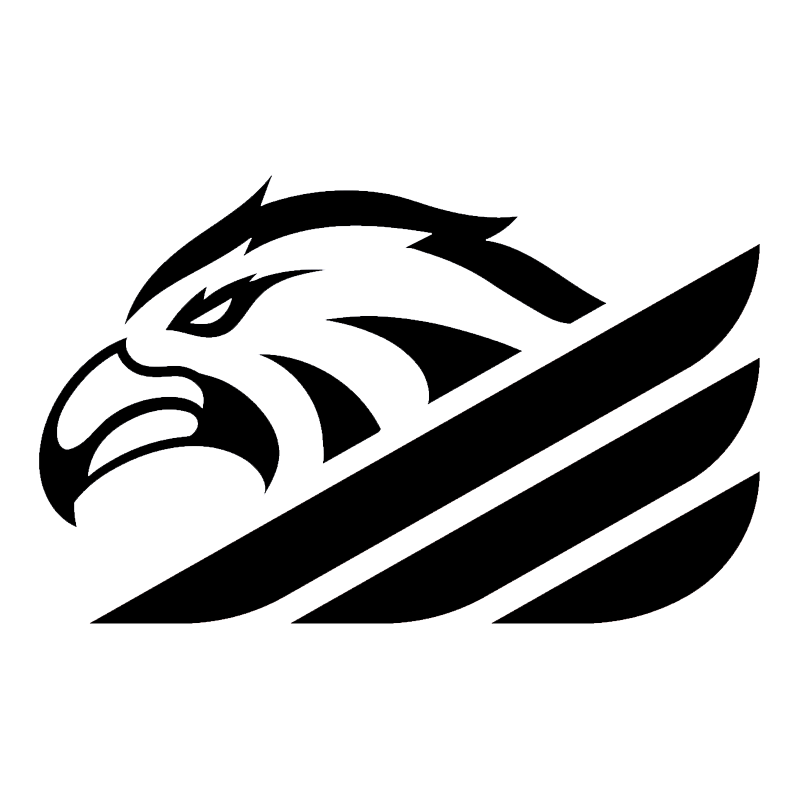The training takes you from your first flying lesson to commercial pilot with the option of applying for the training to major airlines such as Aegean, TAP, SAS, Ryanair, Norwegian and more.
When you finish your studies, you obtain a Commercial Pilot License (CPL) with frozen ATPL (Airline Transport Pilot Licence) for an international career. The entire education is not carried out abroad. Only part of it if you are from Poland. The theory in Poland and flight training in Italy
Integrated 0-fATPL
The pilot training includes
Full-time studies to become a commercial pilot for approximately 18–24 months. From beginners all the way to CPL with frozen ATPL (incl. ME, IR and MCC) in accordance with EASA's (European Union Aviation Safety Agency) regulations for integrated flight training. A total of 220 hours. Flight time on aircraft and FNPT II hours for MCC and IR. Practical flight training in the simulator during the MCC/IR phase of the training.
Admission requirements
18 years old. Passed final grade from high school at least 3 years. Valid Passport. Medical Certificate/Medical Class I (issued by AME doctors) An applicant must not be criminally charged. You must be able to read and communicate in English.
Course start
The next course starts on 30 October 2024. Few places left.
Costs and financing
Total cost 72.000 euros. We are working on a cooperation for a student financing program with Santander bank in Poland. It is not finished yet, but we are working on that.
Housing during the education
Accommodation is not included under the hole course. The cost of an apartment that you share with another person is around 200-300 euros a month per student where everything is included, if you want to choose this option.
1. Transportation of aircraft. Are you looking for adventure? Then you would probably like to work The cost of an apartment that you share with in transporting aircraft, a job where you fly different planes long distances to move them to a new base or owner.
2. Fire flight. Fight forest fires from the air - firefighter and pilot in one!
3. Taxi flight. Short flights, small planes, without a fixed schedule. The title itself really says it all, it might not sound that glamorous, but transporting tourists between paradise islands doesn't sound like a very boring job if you ask me! As bonus, flip flops and shorts are part of the uniform.
4. Ambulance flight. Being an air ambulance pilot is considered by many to be one of the more prestigious assignments you can undertake as a pilot. It is a demanding and complex operation to work. It is a very rewarding profession where you really fulfill an important function in society. In ambulance flights, the tasks can vary, from transporting critically ill patients, to regular patient transports and evacuations are part of the job.
5. Business Jet. Business jet pilots typically fly small to medium-sized aircraft and are very involved in the planning of the flights they make. These flights are often not as stressful as regular commercial flights. Pilots in this sector are expected to be flexible, and service minded. In exchange, they get to experience exciting destinations in a way that ordinary pilots don't get to.
6. Cargo flights. For pilots who work with transporting cargo around the world. The pilots need to be very aware of the type of cargo they have on board. Night flights are part of the norm, so if you're not a morning person, this might suit you well!
7. Flight instructor. As a flight instructor, you teach students how to fly. This is probably one of the most rewarding careers you can have as a pilot, it also gives you an excellent opportunity to increase your own skills. Since all students are different, you will become an expert at explaining various theoretical concepts and flight maneuvers, all to adapt the message to different types of personalities.
Pilots with this experience are also highly sought-after candidates for recruiting airlines, as they have both more Pilot in Command hours and flight experience, allowing them to more quickly advance to the role of captain. As you gain more experience as an instructor, you also can upgrade your licenses so that you can teach more advanced flying.
Different steps needed to get started with your flight training
1. We get in touch with each other and discuss the possibilities you have for being accepted.
2. Medical examination where you provide a medical certificate/Medical Class I.
3. You receive an acceptance letter from the school.
4. You apply for financing, if you want.
5. You make a payment to the school.
6. We plan and help you with your accommodation.
Opportunity for work after completing education
We are proud of the contacts we have within the industry. Finding a job upon completion of your Airline Training is paramount after the investment made to complete the training. Not everyone wants a career as a First Officer to flying passengers to and from various destinations.
Different Operations

